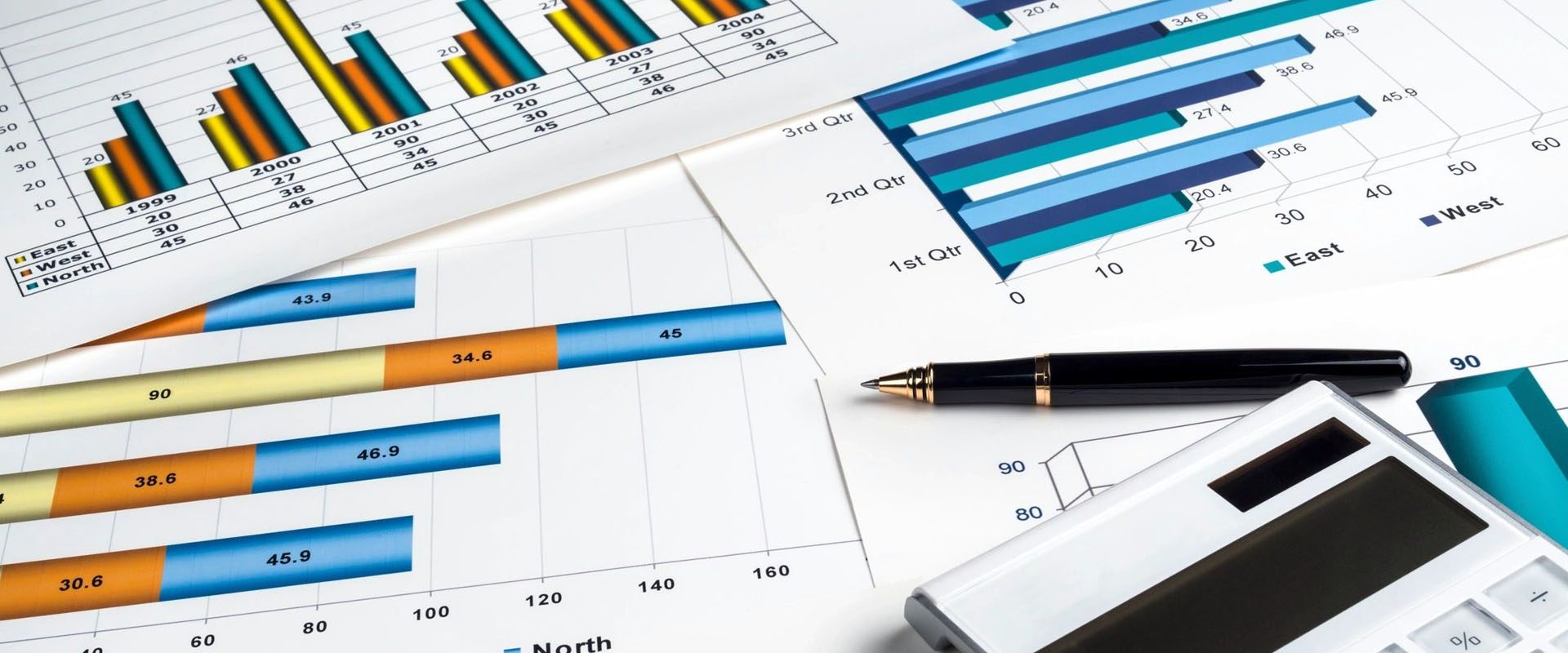Building Value in Apartments
These days, due to the seemingly endless need for rental housing, more and more investors are looking to invest and own apartment buildings. Investors are drawn in by the strong demand from renters and the potential upside for appreciation in value. Many inexperienced investors tend to overpay as they often overvalue rental income and undervalue expenses. How much should an investor pay for an apartment building? Sellers and their Brokers often value their properties higher than buyers and their lenders.
Many investors rely on gross rental income, gross rent multipliers, and other valuation methods that rely strictly on the property’s gross income. These methods are flawed in that they neglect to account for the variation in a property’s expenses. A proper analysis requires an understanding of potential gross income, actual gross income, management costs, vacancy allowances, reserves for repairs and replacements, normal operating expenses, and net income. We then need to analyze cap rates in order to arrive at a value based on the capitalized value of the net income.
We will start our analysis by discussing with the income. The potential gross income is the maximum income available assuming 100 percent occupancy at full market rents. Let’s take a hypothetical 20-unit apartment building with average monthly rents of $950. We will begin our pro-forma valuation as follows:

- 20 units X $950/month=$19,000/month
- $19,000 X 12 months=$228,000/year
As stated above, this potential gross income is just a starting point. At this point, we do not have enough information to determine valuation or appraised value. The next thing we need to do is consider management costs and vacancy factors. Very few selling brokers or apartment owners will factor in these costs, but management and vacancy are a part of any good underwriter’s calculations. In most markets, a property of this size will call for management costs of four percent to five percent of the gross income. Next, we look at current vacancy rates in the market for similar properties. If similar properties renting in the local market have, say, a five percent vacancy rate, we need to assume a five percent vacancy factor for this property as well. Our worksheet now shows the following:
- Gross Potential Income = $228,000
- Vacancy allowance (five percent) = $11,400
- Gross Income = $216,600
- Management (five percent) = $10,830
- Gross Income (after management) = $205,770
Now we must address the actual expenses necessary to run the property on a day-to-day basis. Most commonly, we should anticipate expenses for real estate taxes, property insurance (hazard, liability, flood, etc.), utilities (gas, oil, electric, water, sewer, cable TV, etc.), garbage, landscaping, snow removal, cleaning, service contracts (elevator, pool maintenance, etc.), professional fees (legal, accounting, etc.), payroll and payroll taxes, repairs/maintenance, and reserves for replacements. These expenses will vary widely from property to property and location to location. Some tenants have separate meters while some landlords pay for all utilities. Some buildings are new and don’t need lots of repairs, while older properties might need extensive budgets for renovations and repairs. A potential purchaser needs to fully review all of the expenses disclosed by the seller AND perform a complete review of the property in order to budget for overlooked items. Let’s make some estimates and continue to develop our pro-forma:
- Real Estate taxes = $30,000
- Insurance = $5,000 (estimated at $250/unit)
- Gas/Oil = $10,000
- Electric = $5,000
- Water/Sewer = $15,000
- Repairs/Maintenance = $15,000 (estimated at $750/unit)
- Staff/Salaries = $15,000
- Reserves = $4,115 (estimated at two percent of gross income)
- Total expenses = $99,115
- Net Income = $106,655 ($205,770-$99,115)
We started with a gross potential of $228,000, and after a thorough analysis of the expenses, we arrive at a net income, or Net Operating Income (NOI) of $106,655. The NOI is the important figure in our analysis and not the gross of $228,000. The value of this property will be determined by this NOI amount. Now that we know what type of cash return this property provides, it is time to consider value. What is a property that generates annual income of $106,655 worth? The answer depends on what we call a cap rate, or capitalization rate. A cap rate is the annual rate of return that an investor seeks to earn on his money. Today, most bank deposits yield less than one percent. Anything more than one percent is a better return than the bank. However, owning real estate is riskier than putting your money in a federally-insured bank account. Back in the early 1980’s, when interest rates were sky high, banks paid double digit returns to their investors. Back then, investors in real estate needed to earn outsize returns if they were going to earn more than a bank deposit. Today, cap rates might range from a low of four percent for superior properties in top notch locations to 10 percent or more for low quality properties in more difficult locations. Let’s assume that the cap rate for the apartment property in our example above is six percent. That means that our investor would expect to earn a six percent return on the purchase price. We would take the annual cash flow of $106,655 and divide by six percent (0.06) and arrive at a value of $1,777,583. Assume for a moment that the going cap rate is lowered to five percent. Now, the value would be $2,133,100. The value will increase or decrease based on the cap rate used. Back in 1980, when cap rates were expected to be 15 percent or more, this property might have appraised at $711,033. The lower the cap rate (meaning the lower return expected by the investor), the higher the value. Conversely, the higher the cap rate, the lower the value.
Let’s recap what we have been discussing. The two main figures that we must have in order to determine value are the net operating income and the cap rate. Everything else is a sideline. The NOI is developed after a thorough analysis of the subject property. The cap rate is determined by local market conditions and will change as interest rates in the market change. Most increases or decreases in property value result from either changing the net operating income (raising rents, cutting expenses) or due to economic changes in the market which affect cap rates.
